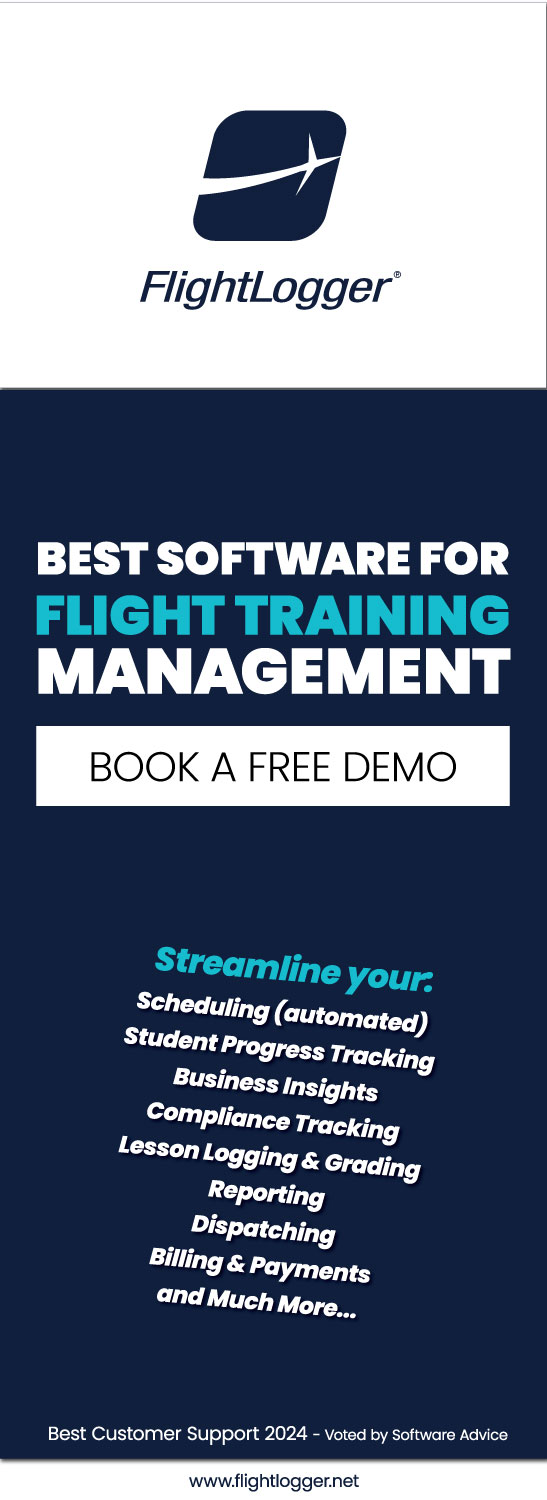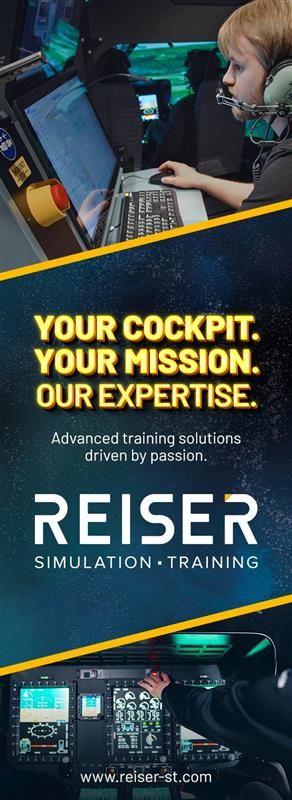United Airlines CEO: “The Truth about the Pilot Shortage”
The CEO of US Airlines – United Airlines – has issued the below statement in line with the opening of the airlines own Flight School – United Aviate Academy in Arizona, US.
“It’s important to address some of the myths that surround the worldwide pilot crisis. First, the shortage in pilots predates COVID-19 and our vaccine requirement – we identified this problem and started working towards solutions years ago. Second, the pilot shortage is not driven by pay or benefits. United widebody captains make over $350,000 a year with incredible benefits like an industry-leading 401(k) match rate of up to 16%. It is, frankly, one of the most lucrative jobs in aviation. Lastly, the pilot shortage is not the result of any mass exodus of workers – there is an FAA-mandated retirement age of 65 for commercial airline pilots.
At United, we’re convinced that the root of the problem is that it costs over $100,000 and takes five or more years to obtain all the training to become eligible to fly for a major airline. A commercial pilot’s journey is technically complex, building hours and obtaining certificates in a process that is difficult to navigate without experienced support. On top of that, major airlines traditionally didn’t need to recruit and instead relied primarily on the military and people who were passionate about aviation to get training and certification on their own. Because it’s always been expensive, most new pilots tend to come from aviation families which means if a man is a pilot, there’s a good chance that his son becomes a pilot, but the chances are far smaller for kids in other circumstances or even his daughter. One of the unintended consequences of that is a real gender and racial disparity amongst pilots – only 19.6% of United’s pilots are women or people of color and that unfortunately makes us a leader amongst peers.
It’s estimated that by 2025, there will be 34,000 fewer pilots than airlines need worldwide. At United, we plan to hire 10,000 new pilots through 2030, and we recognize that it will be tough. That’s why we became the only major U.S. airline to own and operate its own flight training school. Today, the doors officially opened at United Aviate Academy in Goodyear, Arizona.
With a state-of-the-art training facility, we’re focusing on fundamentally changing how people can access the path to become commercial airline pilots – and who’s included in the conversation.
This makes the solution simple: to increase the number of qualified pilots, we have to increase the number of students enrolling in flight school. To do this, we need to enroll students who previously might not have considered this a viable career: primarily women and people of color. We also need to make it more economically realistic and provide expert support for those who take on the challenge.
But as important as increasing the supply, at United, we’re also committed to increasing the quality of training. All of my United States Air Force Academy classmates who went to pilot training after graduation didn’t just learn to fly – they got training in dealing with the unexpected: stalls, aerobatics and more. Non-military pilots get very little of that training. We’re changing that by partnering with worldwide leaders in upset recovery and providing our students with in-aircraft exposure to extreme flight situations where they develop real loss-of-control recovery skills. As with all pilots, we continue advanced skills development when they get to United with robust simulator training. The U.S. aviation system is incredibly safe, but we believe that giving new pilots opportunities to develop and hone these skills early in their career is the next step forward in training the best pilots in the world.
That’s why United Aviate Academy will change the entire course of becoming a pilot. As the only major U.S. airline to own a flight school, we can directly impact the affordability, quality of training and recruiting efforts for the very first stage of this career and add more qualified, capable candidates to the hiring pool.
There are concrete, purposeful actions we’re taking through United Aviate Academy to accomplish all that. First, we partnered with JP Morgan Chase to fund $2.4M in scholarships to qualified students in 2021 and have committed to renew the partnership this year. The school also partners with nonprofits and organizations that help build interest in pilot careers among underrepresented communities and help identify top talent to award scholarships. Some of these groups include:
- Organization of Black Aerospace Professionals
- Sisters of the Skies
- The Latino Pilots Association
- The Professional Asian Pilots Association
United has the best pilots in the business, and we must ensure that future crews are upheld to the same high level of excellence. That’s why United Aviate Academy’s year-long program makes use of state-of-the-art equipment and modern curriculums. Students will learn to fly on Cirrus SR-20 series single-engine aircraft with Garmin flight instruments, and classroom materials are sourced from Jeppesen, a Boeing-owned company, so that students are prepared with professional tools and courses. The school features large hangars, onsite dormitories, and recreational facilities so students can live and learn together.
And, lastly, there’s the continuing education and growth that United Aviate Academy provides. Students will have mentors to help them through the long process of learning how to fly, all from United’s own pilot ranks. The inspirational expertise and relatable experiences these individuals bring to the program are invaluable. But after graduation, there’s still plenty of work to do before a pilot is qualified enough for United’s flight decks. Cadets can continue to build hours of flying experience and education through Aviate’s network of partner universities, flight training institutions, part 135 partners and our United Express regional partners.
With all of this in place, graduates of United Aviate Academy are poised to become successful in joining the elite ranks of professional pilots that carry our passengers safely across the globe. By removing deep-seated barriers, we’re simply increasing the number of people who have access to this career path. I’m proud that our first class reflects this goal with 80% of the accepted students being women or people of color.
Through 2030, we plan to see nearly 5,000 aspiring pilots walk through the doors of United Aviate Academy and I couldn’t be more excited to see every single one of their careers take off.”
Source: Article written by Scott Kirby, United Airlines CEO
You may also check our Terms and Conditions for our Content Policy.
You may also check our Terms and Conditions for our Content Policy.
Searching for specific information – kindly contact us to see if we can assist you.
Check out the more than 18067 relevant pilot training industry updates here.




